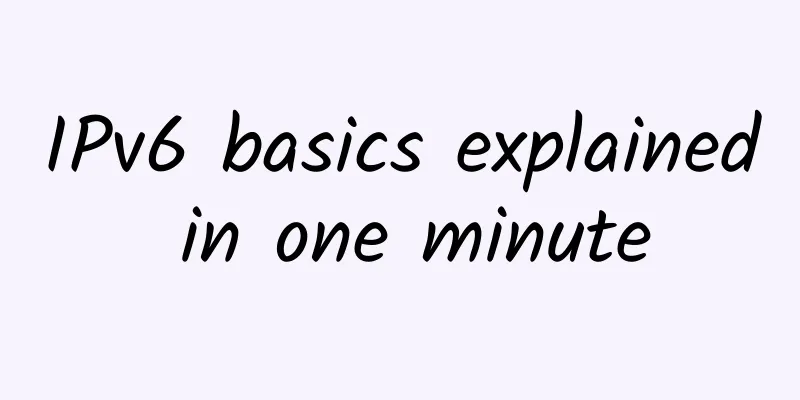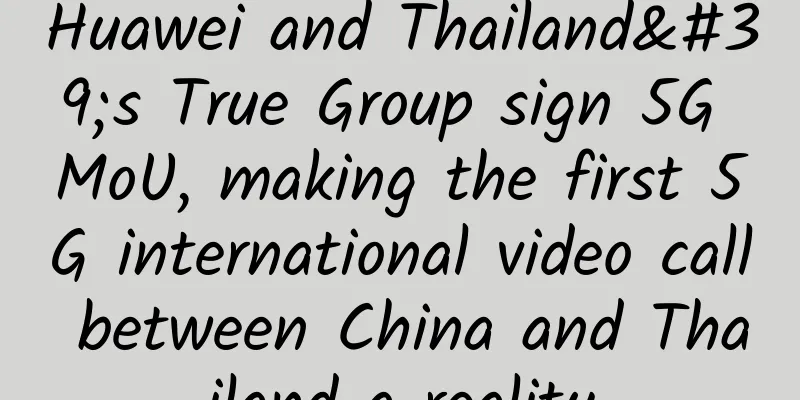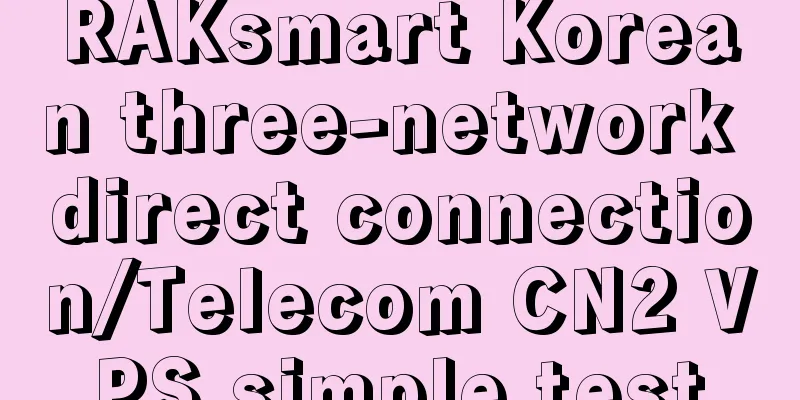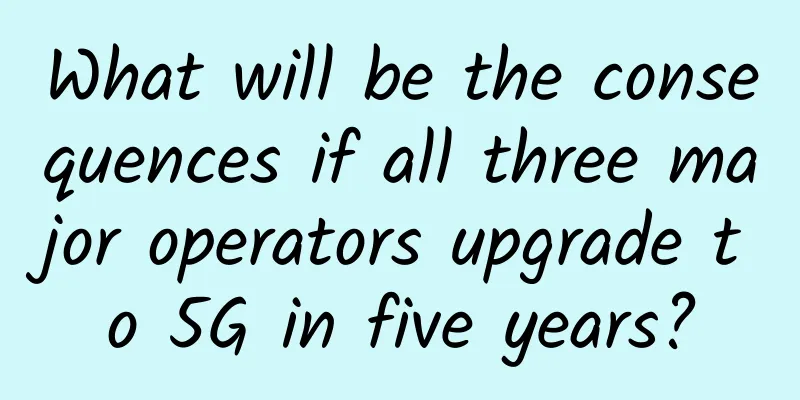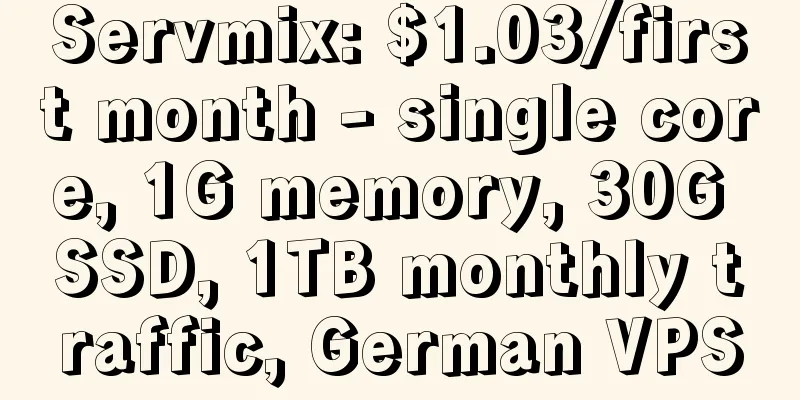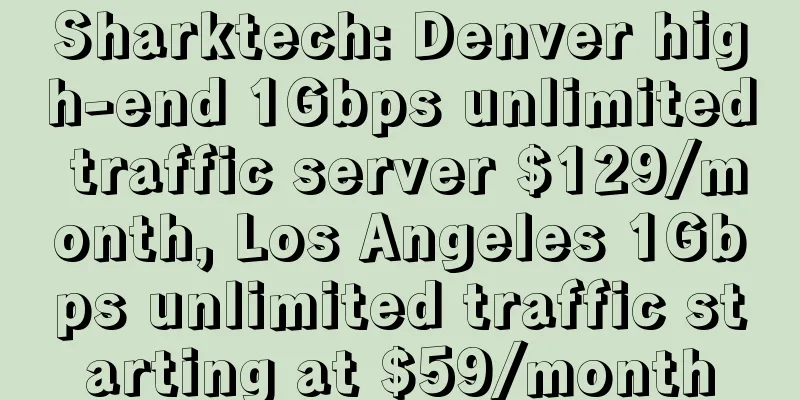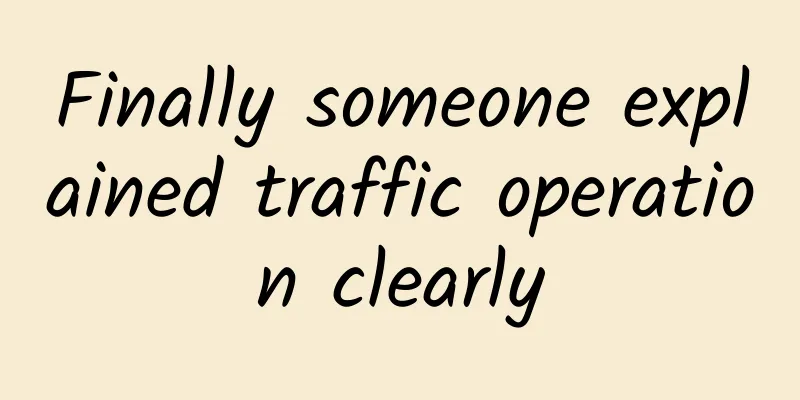The diversity of application scenarios lays the foundation for the future of blockchain

|
2016 was a year of explosive application of blockchain technology. During this year, many companies and entrepreneurs got involved in blockchain. According to statistics, in 2016, more than 50 world-class banks formed an alliance to develop blockchain interbank services, and thousands of blockchain industry startups sprang up like mushrooms after a rain. This year was regarded as the first year of blockchain by many industry practitioners.
Blockchain events in 2016 1. On January 20, 2016, the People's Bank of China held a digital currency seminar. Digital currency research experts from the People's Bank of China, Citibank and Deloitte discussed and exchanged views on topics such as the overall framework for digital currency issuance, national digital currencies in currency evolution, and nationally issued cryptocurrencies. 2. In January 2016, the total market value of Ethereum was only 70 million US dollars. In just two months, the market value of Ethereum rose to 1.15 billion US dollars, an increase of 1,600%. Ethereum added the smart contract function to the blockchain technology. The so-called smart contract is essentially a combination of "contract" and "arbitrator". The traditional contract only stipulates the content of the contract, and the rights and obligations stipulated in the contract are protected by law enforcement agencies. However, because the smart contract uses code, the enforceability of the terms of the contract is guaranteed; the combination of smart contracts and blockchain makes it impossible for a third party to tamper with the terms of the contract once they are set. 3. Technology giant IBM announced a partnership with Indian conglomerate and multinational Mahindra to develop blockchain solutions, aiming to develop cloud-based solutions to enable trade finance transactions from suppliers to manufacturers through a permissioned blockchain to reform supply chain finance. Blockchain application scenarios 1. Banking A bank is a secure storage warehouse and exchange center for value, and blockchain can achieve the same function as a digital, secure and tamper-proof ledger. In fact, Swiss bank UBS and Barclays in the UK have already started experiments, hoping to use it as a way to accelerate back-end system functions and clearing and settlement capabilities. Some institutions in the banking industry claim that blockchain could reduce intermediary costs by $20 billion. 2. Payments and cash transactions Blockchain can create a more direct payment flow that can be made domestically or across borders without the need for intermediaries, at ultra-low rates and high speeds. 3. Cybersecurity Although the blockchain's ledger is public, the communication of data is verifiable and transmitted using advanced cryptographic techniques. This ensures the correct origin of the data and that nothing can be intercepted in the process. If blockchain technology is more widely adopted, the probability of hacker attacks will decrease because blockchain is considered to be more powerful and reliable than many traditional systems. 4. Academic Records and Academia Holbertson, a school in California that provides software technology training courses, announced that it will use blockchain technology to authenticate academic certificates. This will ensure that the courses that students claim to have passed at Holbertson are actually the ones they have been certified to pass. If more schools began to adopt open and transparent academic certificates, transcripts and diplomas, it might be easier to address the issue of academic fraud, not to mention the time and cost savings, and the avoidance of manual checks and the reduction of paper documents. 5. Elections Elections require voter identity authentication, secure record keeping to track votes, and reliable counters to determine who the winner is. Blockchain can serve the voting process, ballot tracking, and vote counting to prevent voter fraud, record loss, or unfair behavior. 6. Car rental and sales Last year, the partnership announced a proof of concept using blockchain to streamline the car rental process and turn it into a "click, sign and drive" process. Future customers select the car they want to rent and enter it into the blockchain's public ledger; then, sitting in the driver's seat, the customer signs the rental agreement and insurance policy, and the blockchain is updated synchronously. 7. Network and Internet of Things IBM and Samsung have been working on an idea, called ADEPT, that uses blockchain technology to form the backbone of a decentralized network of IoT devices. As an anonymous, decentralized peer-to-peer remote sensing technology, blockchain can serve as a public ledger for a large number of devices, which will no longer need a centralized router to mediate traffic between them. 8. Prediction The entire research, analysis, consulting and prediction industry is about to be shaken up by blockchain. Online crowdfunding platform Augur wants to invest in decentralized prediction markets. The company claims that it will provide a service that is like a regular gambling exchange. The whole process will be decentralized and will provide a place for users to bet not only on sports and stocks, but also on other aspects such as elections and natural disasters. The idea is to go beyond sports lotteries and create a "prediction market." 9. Ride Sharing Ride-hailing apps like Uber seem to be the antithesis of decentralization, with one company acting as a dispatch center that uses its algorithms to control the fleet of drivers they are responsible for. Instead of using a centralized network of taxis to hail rides, people use la'zooz to find other people's travel routes and exchange digital currency for rides. Some of the digital currency will be usable in future ride transactions. The process of users earning (or mining) these digital currencies allows the app to track their location. 10. Stock Trading For years, companies have been working to make the process of buying, selling and trading stocks easier, but emerging blockchain startups believe that blockchain technology can make the process more secure, automated and more efficient than any previous solution. 11. Real Estate The real estate blockchain application can help record, trace and transfer land deeds, house deeds, liens, etc., and also provide a platform for financial companies, title companies and mortgage companies. Blockchain technology is committed to safely storing documents while increasing transparency and reducing costs. The company's test version will be launched in the summer of 2016. 12. Medical Blockchain technology allows hospitals, patients and all parties in the medical interest chain to share data in the blockchain network without having to worry about the security and integrity of the data. 13. Supply Chain Management With blockchain technology, transactions are recorded permanently and decentralized, reducing time delays, costs and human errors. 14. Cloud Storage Currently, most companies that provide cloud storage store customer data in centralized databases, which increases the risk of hackers stealing information. Blockchain cloud storage solutions allow decentralized storage. 15. Energy Management For example, Transactive Grid, a joint venture between LO3 Energy and Brooklyn-based Ethereum organization Consensys, uses Ethereum blockchain technology to allow consumers to trade in a decentralized energy production architecture, allowing people to efficiently generate energy and buy and sell energy between neighbors. LO3 Energy has projects such as the Brooklyn microgrid project and the Exergy project, the latter of which is a proof-of-concept product that uses excess heat from computers. 16. Sports Management Investing in athletes has become a growing concern for sports governing bodies and companies, but blockchain can decentralize the process of investing in athletes by democratizing fans’ ability to gain financial stakes in current sports stars in the future. The concept of using blockchain to invest in athletes and earn returns has not been tried on a large scale. 17. Gift Cards and Membership Programs Blockchain can help retailers that offer gift cards and loyalty programs make their systems cheaper and more secure. With almost no middlemen to handle sales transactions and the issuance of gift cards, the process of acquiring and using gift cards using blockchain technology will be more efficient and cheaper. 18. Government and public welfare The distribution of welfare assistance is another area where blockchain technology can be applied. Blockchain can help make public administration simpler and safer. The diversity of application scenarios lays the foundation for the future of blockchain Blockchain technology has shining points in many industries and may subvert the status quo of these industries in the future. But don’t think of blockchain as too "high-end". Blockchain is just an underlying technology, and it requires the cooperation of other technologies to enter each industry. Currently, blockchain is still in the development stage, and supervision is only in the early stages. The most effective one is the regulatory sandbox, which was first proposed by the British government in March 2015. The regulatory sandbox is a "safe space" in which financial technology companies can test their innovative financial products, services, business models and marketing methods without being immediately constrained by regulatory rules when problems arise in related activities. Currently, Ganzhou, Guiyang and other places in China have announced that they will implement the regulatory sandbox plan, committed to creating a healthy development environment for blockchain. It is not difficult to see from the policies of various countries and the application industries of blockchain that in the future, blockchain will surely lead a new wave. The current chaotic scene of blockchain is believed to no longer exist in the near future, and blockchain will then enter a stage of rapid development. |
>>: Developing 5G communications requires testing first
Recommend
Cutover failure leads to major communication failure
[[429302]] Japan has once again experienced a maj...
Reject poor digital experience! Riverbed creates agile and visual management solutions
According to an IDC report, by 2018, 67% of the w...
EtherNetservers: $25/year-4GB/250GB/5TB/2IP/Los Angeles & New Jersey data centers
EtherNetservers is a foreign hosting company esta...
Sharktech: $129/month high-defense server, 2*E5-2678V3/64GB/1TB NVMe/1Gbps unlimited traffic
Sharktech is a shark computer room (or SK compute...
Mobile user development of the three major operators has reached a ceiling, and 5G messaging is steadily advancing, but challenges remain
[[348632]] Recently, the three major operators ha...
Six wireless transmission modes, do you know them all?
In order to set up the relay function of the wire...
Let's talk about the communication protocol I2C subsystem
I2C Transfer Definition of timing To explore the ...
Five Factors Contributing to Decibel Loss in Fiber Optic Cables
High decibel losses in fiber optic cable infrastr...
In 2020, China's network market: routers benefit from new infrastructure, and the Internet industry increases investment in switches
Recently, IDC released the "2020 Network Mar...
The user's preferred brand! Ruijie WIS leads the cloud management network market
Recently, the "2021 China IT User Satisfacti...
How long can Huawei's enterprise business maintain such high growth in performance?
The beginning of 2018 In his New Year's Day m...
5G, which frequently appears on hot searches, has really "broken the circle" in 2021!
It has been two years since the 5G license was is...
Ranking of JavaScript open source projects in September
[[428048]] The ranking of the most popular JavaSc...
Why are there fewer and fewer open source projects using the GPL protocol?
[Original article from 51CTO.com] Recently, some ...
Ren Zhengfei’s response to the “export ban” is here: every one of them is very powerful!
Recently, Mr. Ren Zhengfei, founder and president...

